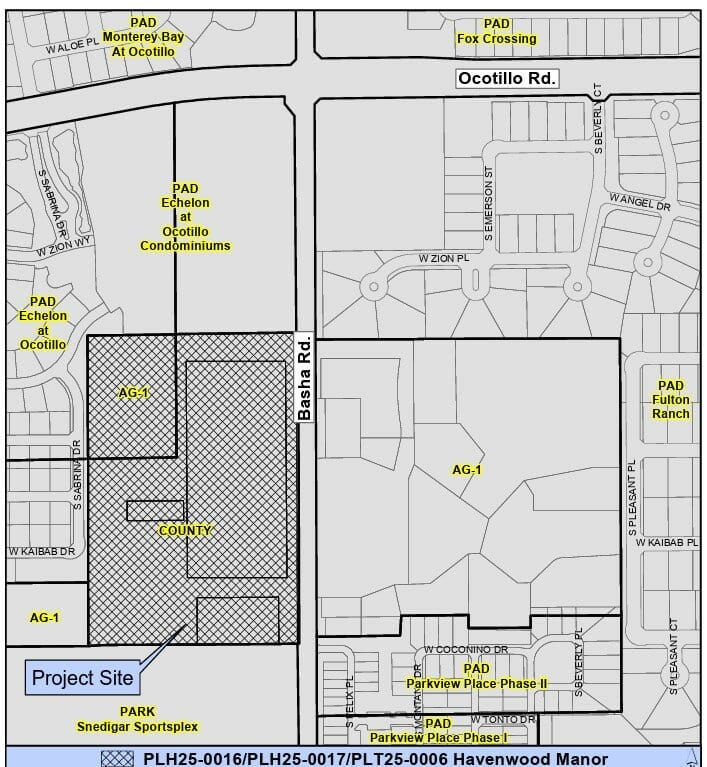The Gila River Indian Community is the first Arizona water rights holder to publicly pursue the federal government’s new offer of compensation to leave Colorado River water in Lake Mead (shown above).
By Brandon Loomis || The Arizona Republic
Tribal Gov. Stephen Roe Lewis announced the plan on Monday at a gathering of Sen. Kyrsten Sinema’s water advisory council, which is reviewing ways to spend $4 billion of Inflation Reduction Act funds targeted at Colorado River drought relief, as well as funds approved in an infrastructure funding law.
While several participants in Sinema’s council praised the community’s proposal as a first step toward attracting others to rapidly conserve water, there were signs that getting significant buy-in from other Arizona farmers will be difficult.
Yuma-area growers had sought $1,500 an acre-foot to forgo some irrigation, but the U.S. Bureau of Reclamation decided to offer $330, or up to $400 for multi-year deals. The Arizona Farm Bureau Federation’s president questioned the figure at the meeting, and a vice president later told The Arizona Republic it’s nowhere near enough to entice Yuma farmers.
“This is real water,” It’s real value that is providing food for people.”
Farm Bureau President Stefanie Smallhouse
“The reality is we need a lot more than $4 billion,” Sinema conceded. But she said it’s important to spend the majority of the money now available on long-term efficiency gains and not primarily on emergency fallowing programs.
The U.S. Bureau of Reclamation is hoping to conserve at least 2 million acre-feet a year to stabilize reservoir storage that has plunged to crisis levels over two decades of drought. That would be enough to supply several million households, though roughly 80% of Colorado River water is used on farms. In a typical year, Arizona is entitled to 2.8 million acre-feet, more than most of the seven states that share the river with Mexico, but less than the 4.4 million that California takes.
The river is officially in shortage, and Arizona has already weathered cuts to its share. So far those cuts have fallen largely on central Arizona farmers, and officials are trying to prevent more drastic cuts that could batter farmers along the river or force cities to switch to groundwater reserves.

Gila River Indian Community’s three-year offer is to store 125,000 acre-feet a year in Lake Mead, likely at a compensated rate of $400 an acre-foot, and to seek buyers such as cities to take ownership of a similar amount of the community’s stored groundwater instead of diverting their own river water to store in the ground for later use.
“We’re going far beyond what we’ve ever done before,” said Lewis, whose community holds major Colorado River rights to replace water that 19th century settlers diverted from the Gila River. GRIC already has cooperated in programs to keep hundreds of thousands of acre-feet in Lake Mead through previous drought-management programs.
The wide-open spaces of the Southwest provide infinite possibilities for a fall adventure. Find your next road trip idea in this month’s magazine.
An acre-foot is about 326,000 gallons, or roughly the amount it would take to cover a football field 1 foot deep. Many Arizona farms use several acre-feet on every planted acre each year.
This summer Lewis had announced that his community would no longer participate in such programs because efforts to get others throughout the Colorado River basin to sacrifice appeared to have failed.
“We could not be the only community making a sacrifice,” he explained to Sinema on Monday. He had found it troubling that other water users had sought “outrageous” rates.
Sinema agreed it is critical to get California and other states on board.
“The approach has to be regional,” she told The Republic.
Since summer, California water users have proposed a plan to conserve 400,000 acre-feet if they get federal help shoring up the Salton Sea, a toxic dust hazard that could worsen if water conservation reduces irrigation runoff that further diminishes the water body’s reach. Lewis said the California offer and federal assurances of acting to protect the river next year had brought Gila River back to the negotiations.
“We can only survive this crisis if we put the entire system first, not our own interests,” Lewis said.
‘There’s nobody profiteering’
Yuma farmer John Boelts, who serves as first vice president of the Arizona Farm Bureau Federation, recoiled at the characterization of his neighbors’ request of $1,500 an acre-foot as “outrageous.” He believes their plan, whose economics he said the Bureau of Reclamation never seriously considered or discussed with farmers, would have bought the kind of long-term efficiencies that the government is seeking.
The farmers’ idea was to use the money over the next few years to add more drip-irrigation and other efficient systems while perhaps also converting some acres to less-profitable but also less water-intensive crops, Boelts said. That would keep the farm labor economy working while also buying time for Reclamation to solve the river’s larger overallocation problem. But farmers can’t afford to consider it at $330-$400 an acre-foot.
“It’s not even in the realm of what it would take to get everybody to the table,” Boelts said. There’s a big difference between a community forgoing river water deliveries that it would otherwise inject in the ground for future pumping, he said, and a farm cutting off supplies that immediately ripple through rural economies, he said. “There’s nobody profiteering.”
Farmers involved in this summer’s discussions had envisioned saving up to 1 million acre-feet, or half the government’s total goal for the entire river, through payments to the Yuma area in Arizona and Imperial Valley, California’s biggest user of Colorado River water. But that vision involved higher payments than Reclamation has now proposed.
Now Boelts fears Reclamation will cut off farm water without any compensation, which he said will drive U.S. food prices higher and force more imports.
“A lack of leadership produces a lot of pain,” he said. “Let’s come up with a plan that doesn’t make food more expensive. How about that?”
He still holds out hope that the government may change course and discuss farmers’ plan for next year, he said. Otherwise, “They will not meet their goals with what (payments) we’re talking about.”
Pinal County:Colorado River shortage is forcing growers to plant fewer acres








